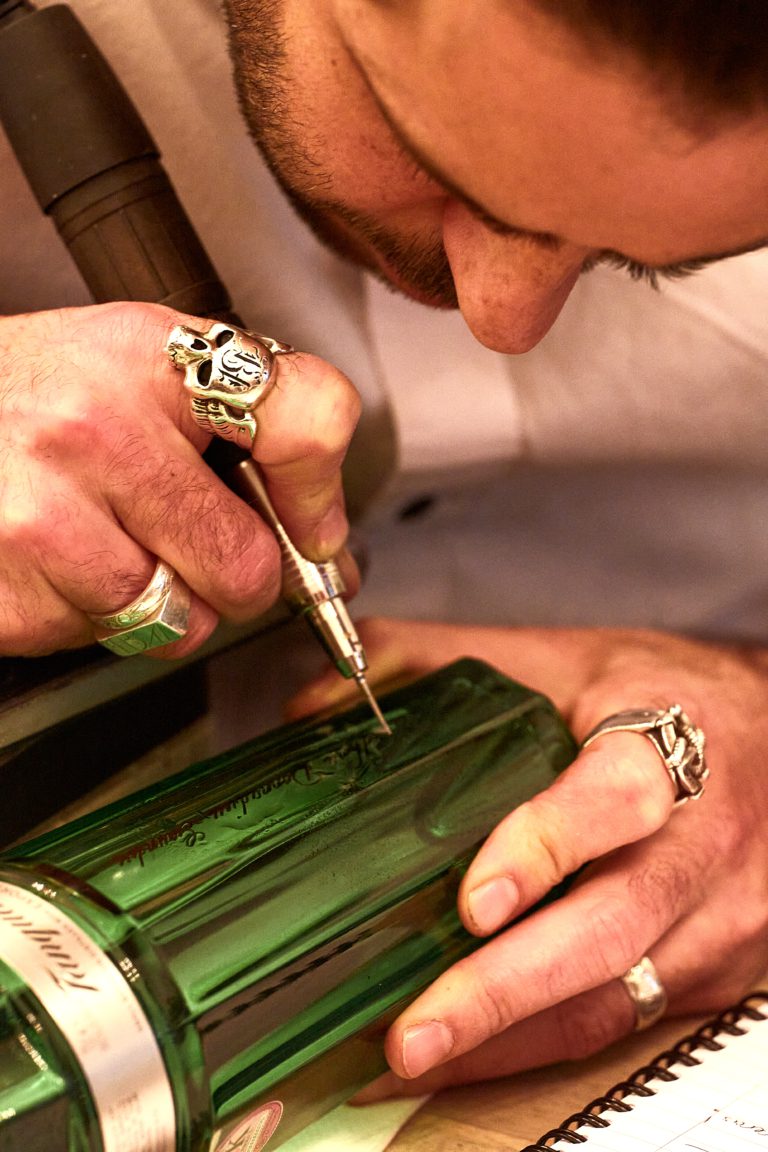What is Brand Activation? Unlocking the Power of Experiential Marketing
In today’s competitive marketplace, brands are continually seeking innovative ways to connect with their audiences on a deeper level. But what exactly is brand activation, and how can it revolutionise your marketing strategy?
In this article, we will delve into this dynamic concept, explore its significance, and how our approach to brand activation can elevate your brand to new heights.


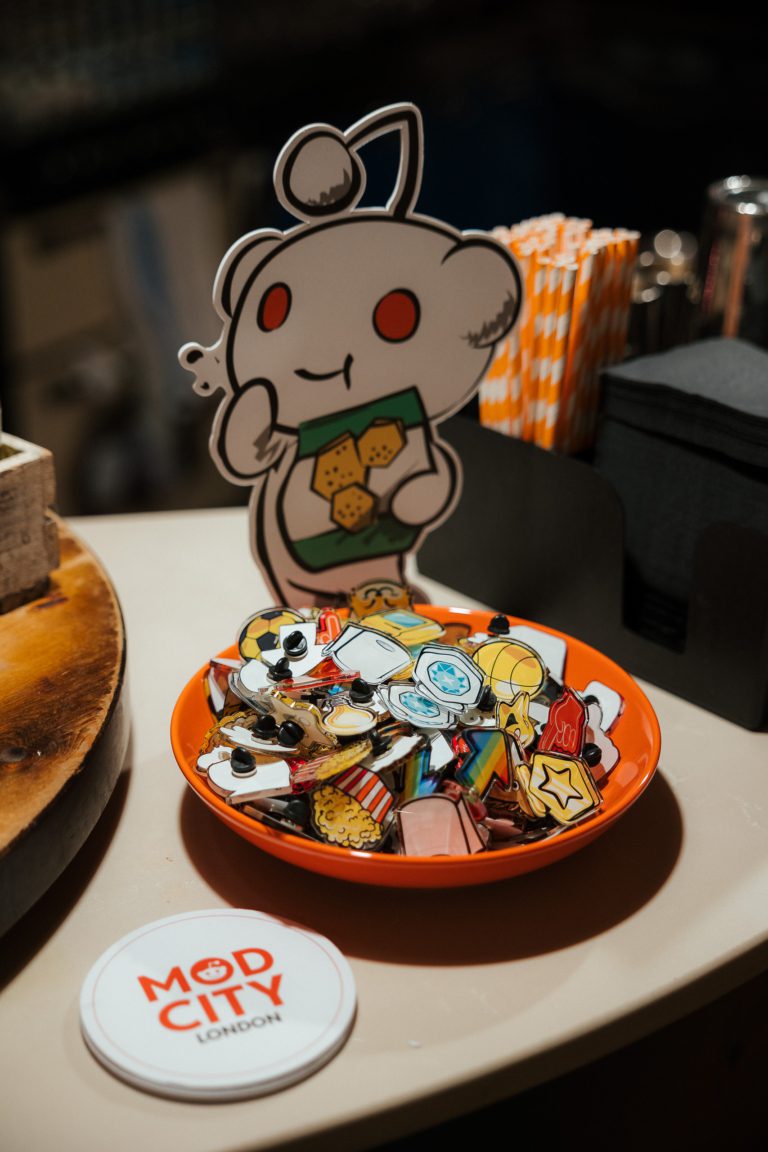
Defining Brand Activation: More Than Just Marketing
Brand activation is a strategic marketing approach designed to bring your brand to life through immersive, memorable experiences. Unlike traditional advertising, which primarily relies on one-way communication, brand activation focuses on creating direct, meaningful interactions between your brand and your target audience. This approach enables consumers to engage with your brand in a way that fosters a personal connection and encourages loyalty.
But what does brand activation look like in practice, and how does it contrast with other marketing strategies? Let’s break it down further.
Key Components of Brand Activation:
Interactive Experiences: Engaging consumers through hands-on activities that invite participation, allowing them to discover and interact with your brand in real-time.
Emotional Engagement: Crafting experiences that resonate emotionally with your audience, building a connection that goes beyond the transactional.
Memorable Touchpoints: Creating unique moments that leave a lasting impression on consumers, ensuring your brand stays top-of-mind.
Tangible Brand Interactions: Providing physical or sensory elements that allow consumers to experience the brand firsthand, whether through products, demonstrations, or engaging environments.
Measurable Outcomes: Establishing clear metrics for evaluating the success of brand activation efforts through tracking engagement, sales, and consumer feedback.

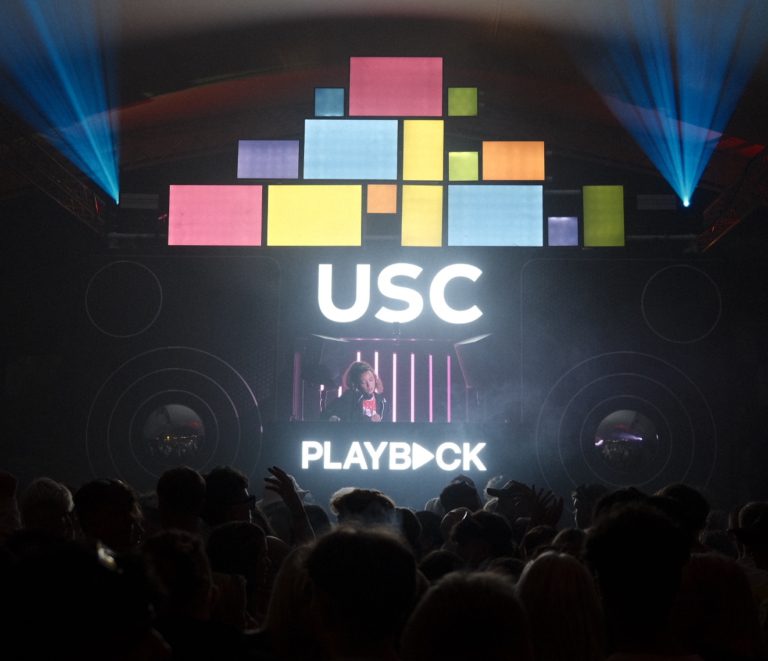
The Power of Brand Activation: Why It Matters
Understanding what brand activation entails can transform your marketing approach fundamentally. By creating unique and engaging experiences, brand activation serves multiple strategic purposes:
Increase Brand Awareness: Authentic experiences heighten visibility and encourage sharing, driving word-of-mouth and social media buzz.
Foster Emotional Connections: By engaging consumers emotionally, brands can foster genuine connections that translate into customer loyalty.
Drive Consumer Loyalty: Memorable experiences encourage repeat engagement and make consumers more likely to advocate for your brand.
Generate Word-of-Mouth Marketing: Positive experiences lead to organic recommendations, amplifying your reach without additional advertising costs.
Provide Valuable Consumer Insights: The interactions facilitate feedback, allowing brands to gather meaningful data about consumer preferences and behaviours.
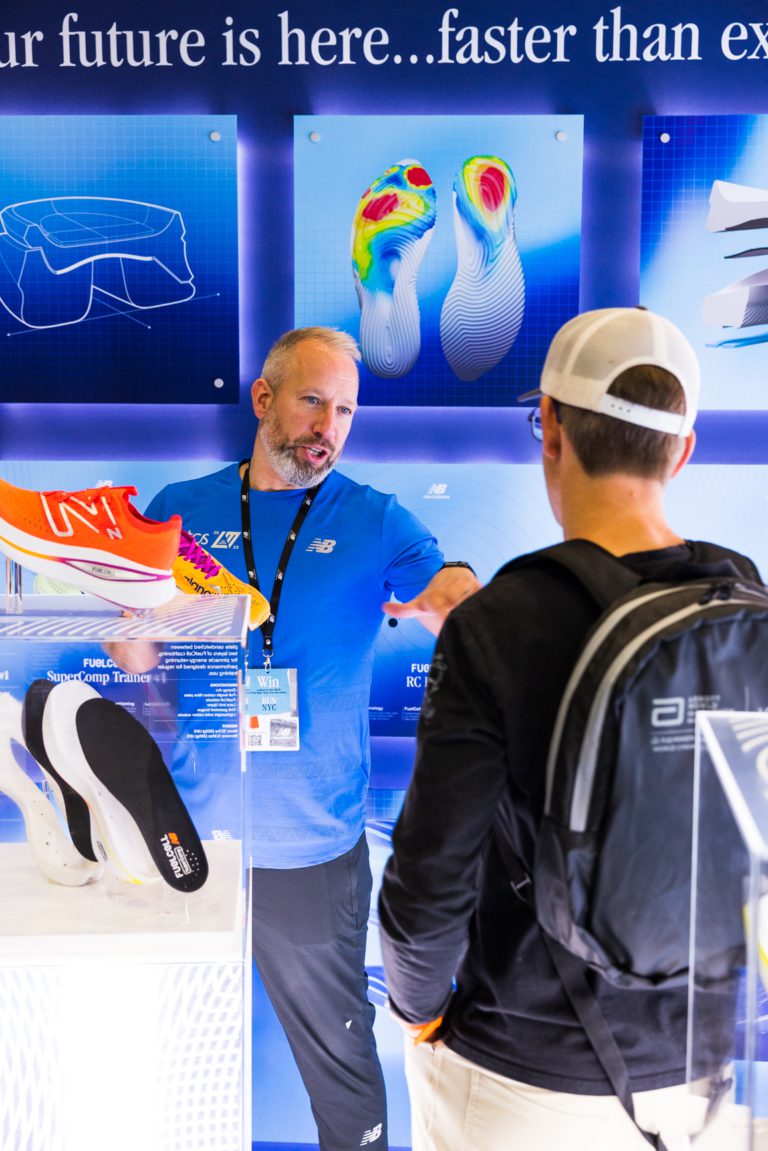
Brand Activation Examples: Success Stories from RPM
To truly grasp what brand activation is, let’s examine some innovative brand activation examples from RPM’s portfolio, showcasing the possibilities of experiential marketing.
Tinder: Festival Mode Activation
Challenge: Tinder faced the challenge of re-engaging users and increasing app usage during music festivals, a time when traditional marketing approaches were less effective.
Solution: RPM designed the “Find Your Crowd” space, a unique activation area touring UK festivals that provided a designated meet-up space for Tinder users to connect in person.
Results: This initiative achieved an impressive 98% app update uptake, significantly boosting engagement and user activity during the festival season.
Innocent Drinks: A Bold Sustainability Platform
Challenge: Innocent Drinks aimed to launch a new carbon-neutral juice range, highlighting its sustainability message while retaining its quirky brand personality.
Solution: RPM developed a vibrant, multi-channel campaign that cleverly showcased Innocent’s commitment to sustainability through playful visuals and engaging messaging.
Results: The campaign notably increased awareness of Innocent’s sustainability initiatives while driving strong sales for the new product line.
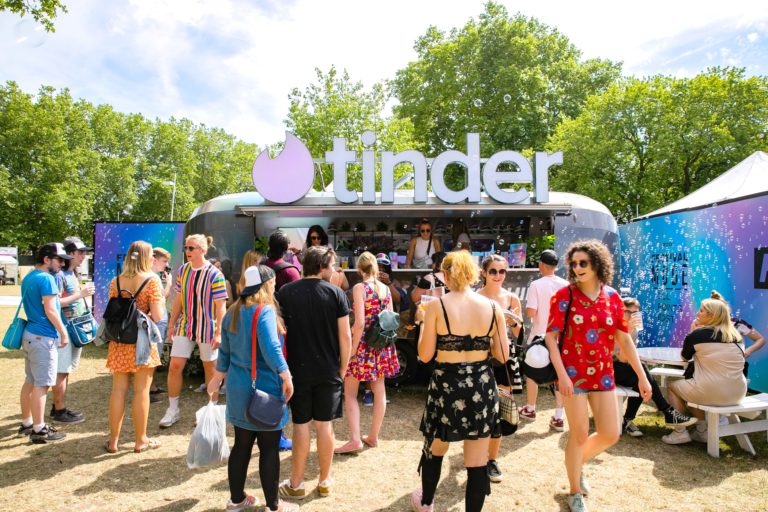

Crafting Your Brand Activation Strategy
Now that we’ve explored what brand activation is and seen compelling examples, how can you implement this strategy effectively for your brand?
Define Clear Objectives: Begin with a clear understanding of what you want to achieve. Are you looking to boost brand awareness, increase sales, or deepen customer engagement?
Understand Your Target Audience: Conduct thorough research to identify the needs, preferences, and behaviours of your target demographic.
Create a Unique Concept: Brainstorm creative ideas that stand out and align with your brand’s values and messaging.
Choose the Right Channels: Identify the best platforms and locations for your activation, considering where your audience is most likely to engage with your brand.
Measure and Analyse Results: After the activation, evaluate its effectiveness by measuring engagement metrics, sales data, and consumer feedback. This analysis will help you understand what worked, what didn’t, and how to improve future activations.
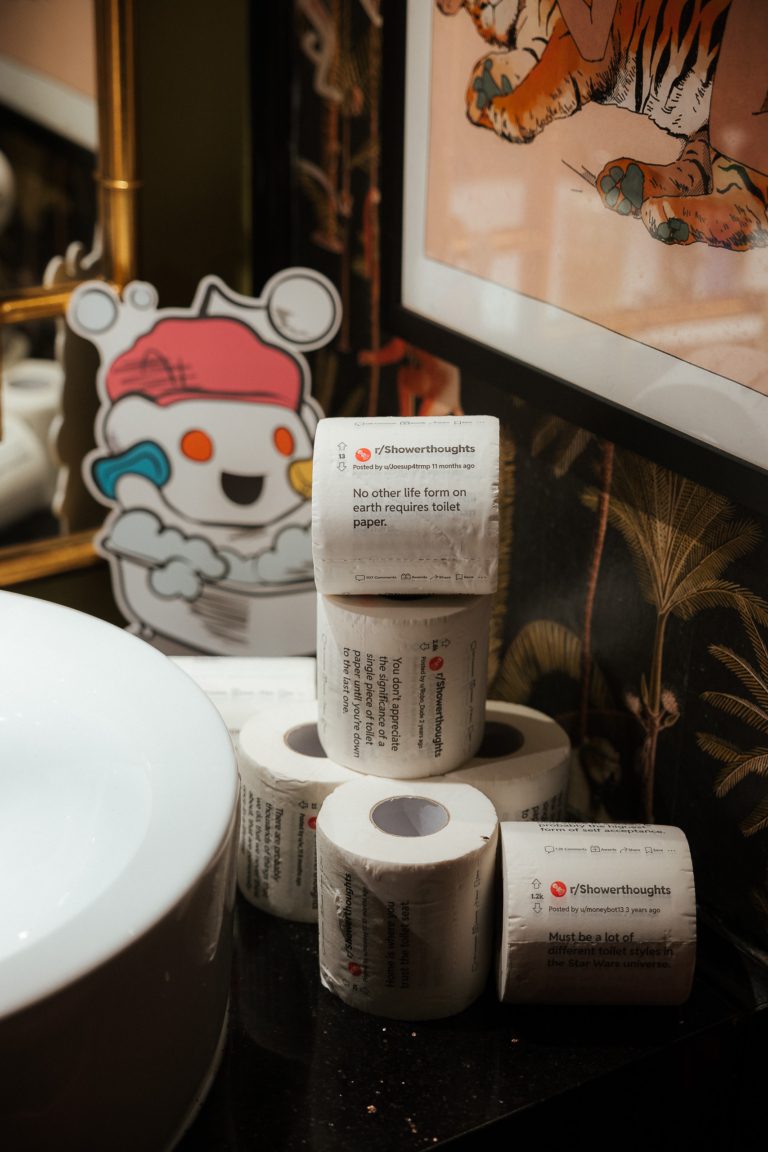
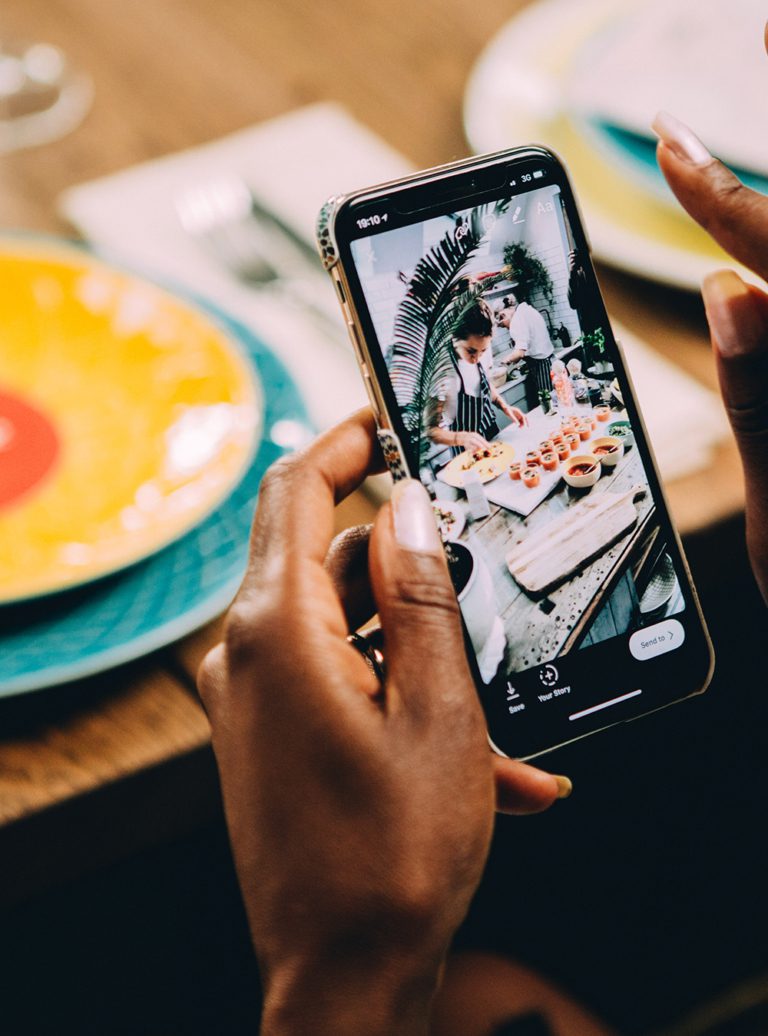

Overcoming Brand Activation Challenges
While brand activation can be incredibly effective, it is not without its challenges. Here are some common hurdles to be aware of:
Budget Constraints: Innovative activations can require significant investment. It’s essential to allocate resources wisely and find cost-effective solutions that don’t compromise your goals.
Measuring ROI: Determining the return on investment (ROI) for experiential marketing can be complex. Establishing clear KPIs before launching your activation can help quantify success.
Maintaining Brand Consistency: Ensuring that all activations align with your brand’s overall messaging and values is crucial for building a cohesive brand image.
Scaling Activations: Successfully scaling a brand activation across multiple locations or events can be challenging. Careful planning and streamlined processes can aid in replicating successful activations.
Standing Out in a Crowded Market: With many brands employing similar activation strategies, it’s vital to find unique angles and ideas that differentiate your brand from the competition.
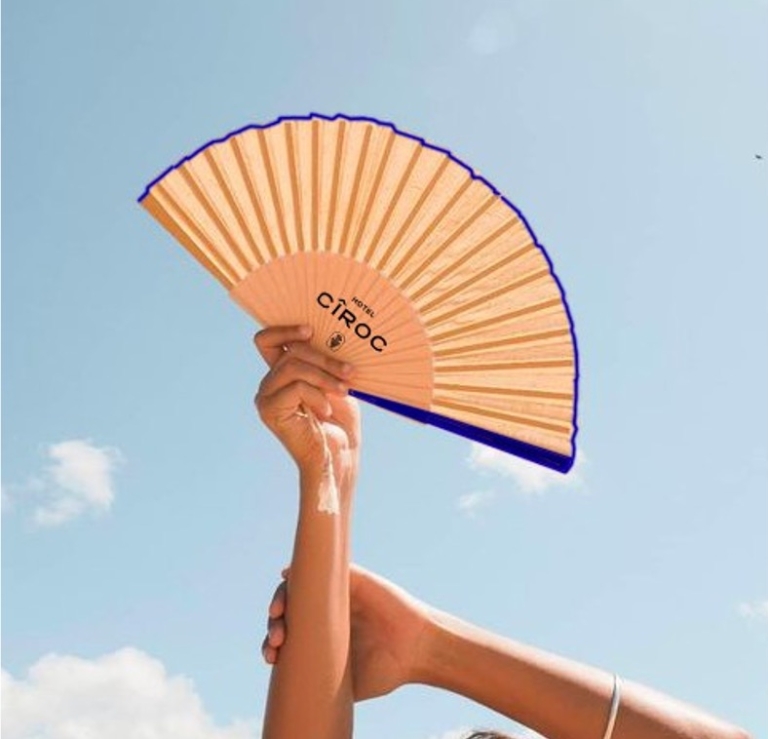
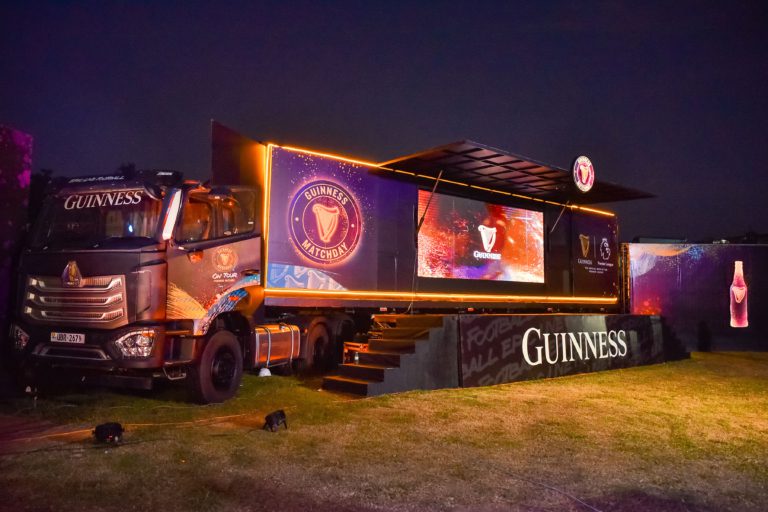
The Future of Brand Activation
As we continue to explore what brand activation is, the future will undoubtedly be shaped by emerging technologies and evolving consumer behaviours. Here are some trends to watch:
Virtual and Augmented Reality Experiences: These technologies allow brands to create immersive experiences that engage consumers in innovative ways, enhancing storytelling and interaction.
Personalised Micro-Activations: Tailoring activations to cater to specific segments of your audience can create deeper connections and more meaningful experiences.
Sustainability-focused Activations: As consumers increasingly seek brands that prioritise sustainability, activations highlighting eco-friendly initiatives will become more prominent.
AI-powered Interactive Experiences: Integrating AI can personalise interactions at scale, enhancing consumer engagement and providing valuable insights.
Hybrid Physical-Digital Activations: Merging online and offline experiences can create seamless consumer journeys, allowing brands to engage their audience in multiple environments.

Harnessing the Power of Brand Activation
Understanding what brand activation is and how to implement it effectively can transform your brand’s relationship with its audience. By creating memorable, engaging experiences, you can forge deeper connections, foster loyalty, and ultimately boost your bottom line. Brand activation provides a unique opportunity to bring your brand to life, turning consumers from passive observers into active participants in your brand story.
Ready to bring your brand to life? Contact RPM today to discover how our innovative brand activation strategies can elevate your brand and drive meaningful results. Let us help you create experiences that resonate and foster lasting relationships with your audience.
